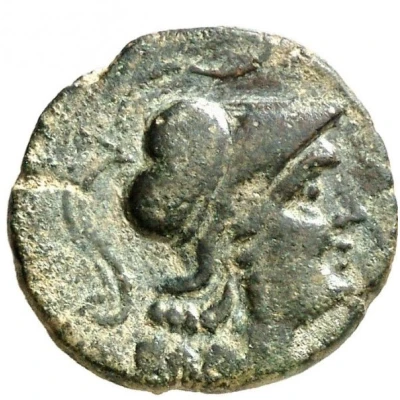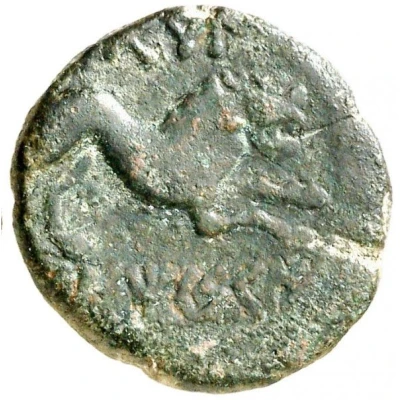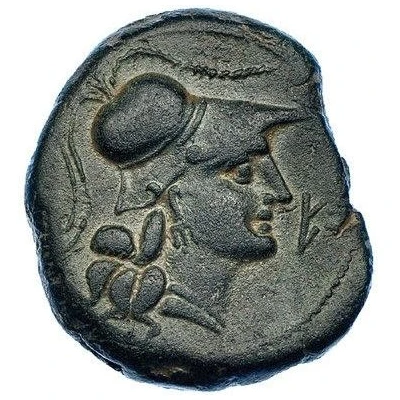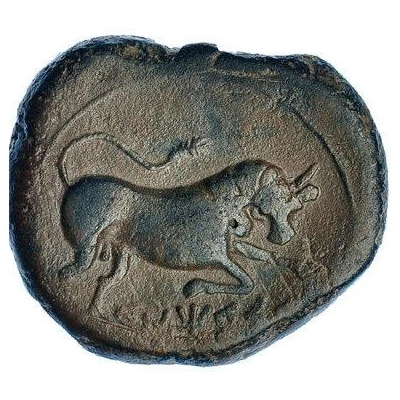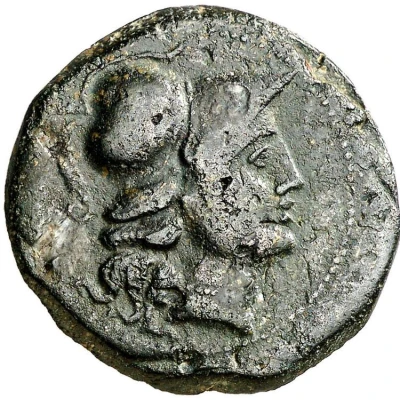


© Aureo & Calicó S.L., subastas numismáticas
Semis bull 195 BC - 170 BC
| Bronze | 12 g | 25 mm |
| Issuer | Untikesken gens (Indigetes people) |
|---|---|
| Type | Standard circulation coin |
| Years | 195 BC - 170 BC |
| Value | 1 Semis (½) |
| Currency | As (Roman pound system, 2nd century BC) |
| Composition | Bronze |
| Weight | 12 g |
| Diameter | 25 mm |
| Shape | Round (irregular) |
| Technique | Hammered |
| Orientation | Variable alignment ↺ |
| Demonetized | Yes |
| Updated | 2024-10-10 |
| Numista | N#339276 |
|---|---|
| Rarity index | 97% |
Reverse
Bull facing right. Legend above line.
Script: Iberian (Levantine)
Lettering: untikesken
Comment
Legend in Northeastern Iberian scriptuntikesken
Interesting fact
The Semis coin featuring a bull, minted by the Untikesken gens (Indigetes people) during 195 BC - 170 BC, is an interesting artifact. One fascinating fact about this coin is that it was made of bronze, a metal alloy consisting mainly of copper and tin. The use of bronze for coinage during this period was significant because it represented a technological advancement over the earlier use of bartering systems and demonstrated the growing sophistication of ancient economies. Additionally, the fact that the coin features a bull, an animal associated with strength and fertility, suggests that it may have played a role in religious or cultural rituals of the time.
